Results 1 to 10 of 15
Thread: Multi-material scales on liners
Threaded View
-
12-14-2018, 08:11 PM #1
 Multi-material scales on liners
Multi-material scales on liners
Hi there !
I usually post my works on the "What are you working on ?" thread, but here is a little "Howtodo?" thread about making scales with liners and various flat materials.
Brass and silver liners were used in the past for making scales.
Nowadays, other materials may also be used, with various characteristics of weight, resistance...
So far I've worked with :
- aluminium (lightest but quite sensible to shocks and distortions),
- copper (more resistant, but I wonder about oxydation in the long term),
- niobium (no problem of oxydation here, a little more expensive)
- and titane (light and resistant, perhaps a little hard to work with).
As veneer, I priefer to use materials as tortoise, mother of pearl or ivory. Each one can be found in adequate dimensions and thickness without too much difficulty.
Ivory on right dimensions can be found by recycling vintage piano clavier. Tortoise by buying vintage (broken if possible) fans, and mother of pearl by buying vintage casino tokens.
First I'm collecting old originals scales, as a "catalog" of shapes and size.
When I'm finding a blade I think deserves a rescaling, I look among my vintage models if there is a match :
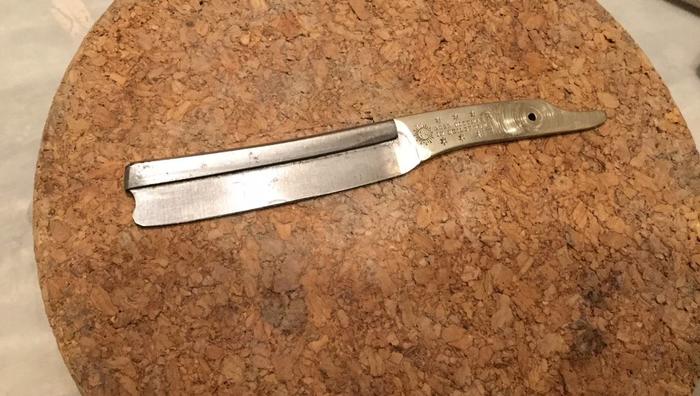
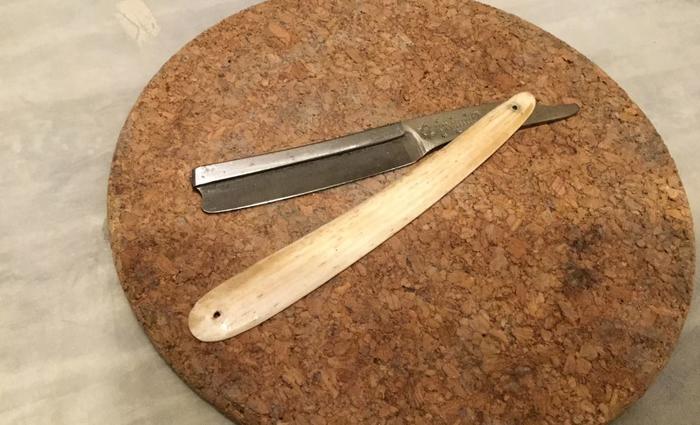
Then I report it on the liner-to-be with a cd-marker
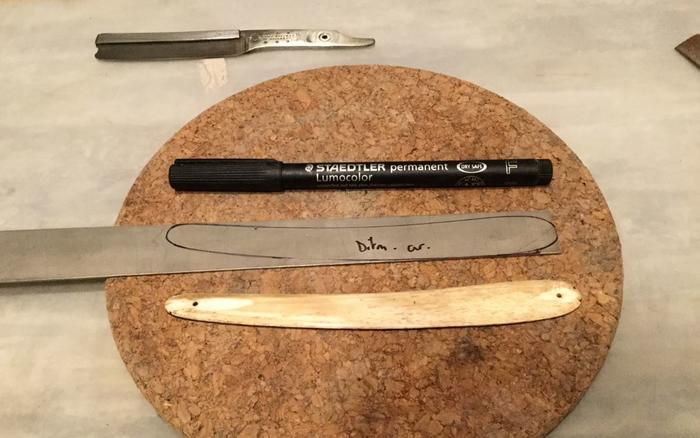
I choose the veneer materials.
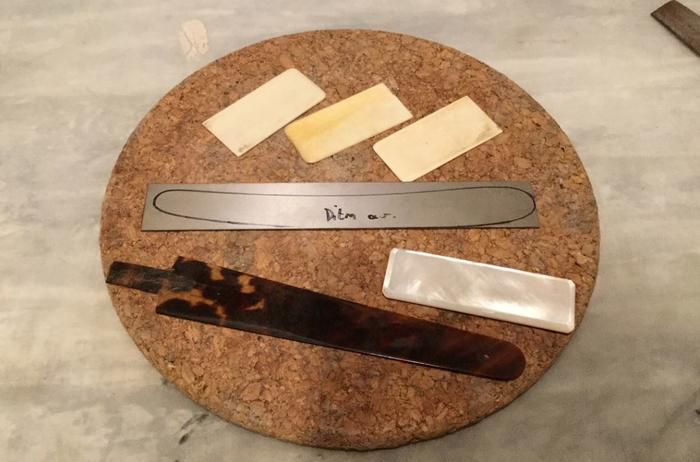
I'm then using a jeweller saw
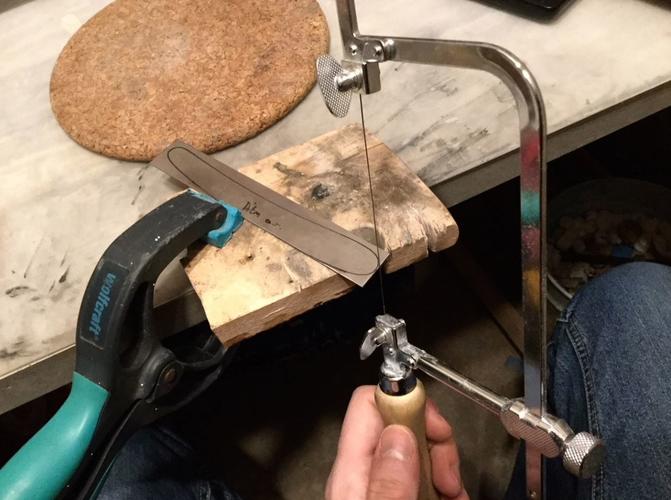
File the edges and divide the liner in three sections with the cd-marker
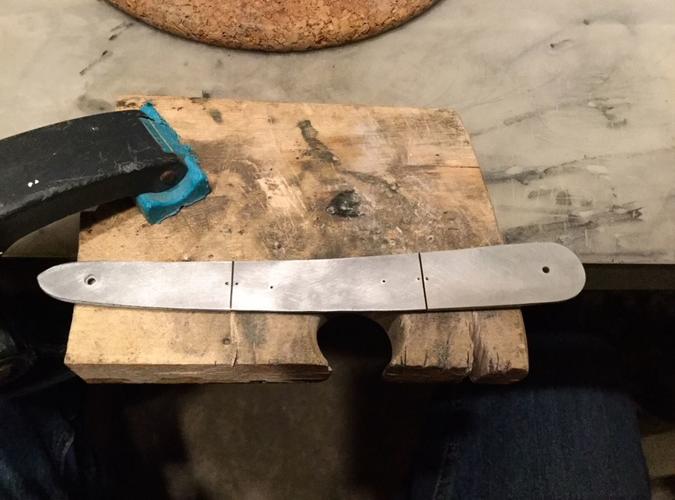
Report it on the veneer, that goes through the sawing process
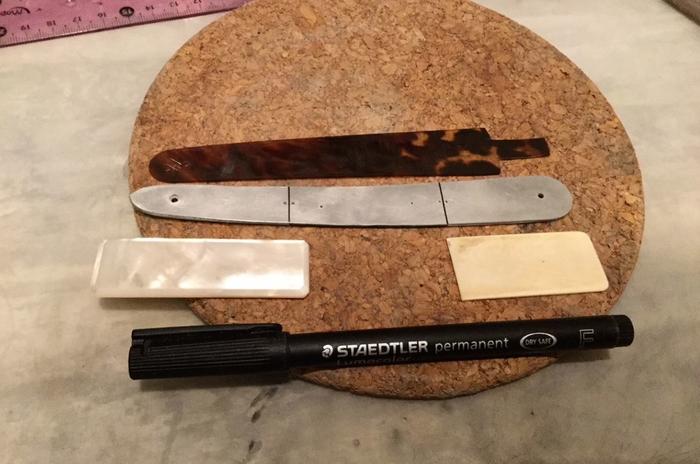
Last edited by Thaeris; 12-14-2018 at 08:18 PM.
-
The Following 13 Users Say Thank You to Thaeris For This Useful Post:


 83Likes
83Likes LinkBack URL
LinkBack URL About LinkBacks
About LinkBacks







 Reply With Quote
Reply With Quote